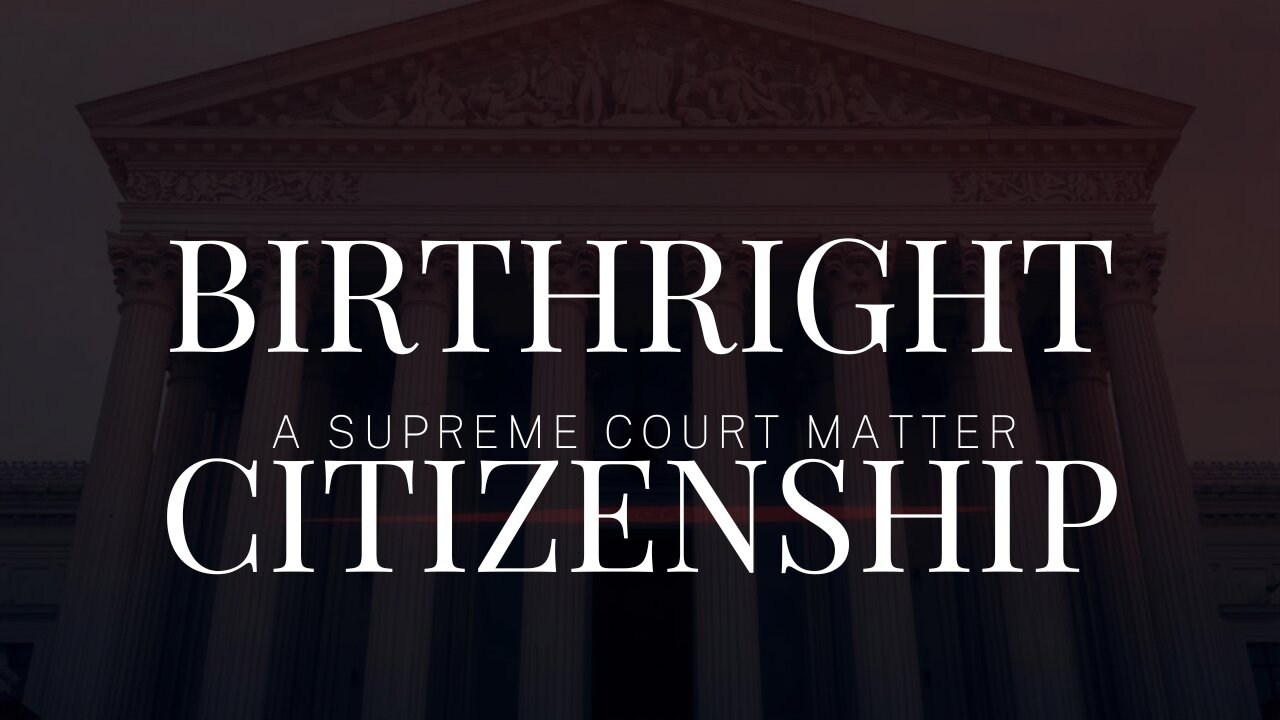Tonight 2024 draws to a close. When this year began, CNAV outlined several Objectives for Liberty which freedom-loving Americans should strive to attain. Tonight CNAV can confidently say that those who value freedom have attained those objectives, or come close. Donald Trump has won his election, of course – and his election was also our election. More than that, the American people have liberty within our grasp. The final judgment will come shortly after Trump’s Second Inauguration.
First of the objectives: the January 6 Event
Very shortly, certain people will at last be able to speak freely about the January 6 Event. But already we have positive proof, from an Inspector General’s report, that it was a false-flag pseudo-operation. The title of the report says it all, for it speaks of “handling of … confidential human sources.” A “confidential human source,” is a paid informant – a snitch. More to the point, the Inspector General asserts that the FBI had these informants embedded in the crowd on January 6, 2021.
More than that, at least one January 6 defendant had the prosecution’s case against him severely weakened. In Fischer v. United States, the Supreme Court held the government had no business charging anyone with “obstructing an official proceeding” according to a statute more appropriate to financial crime.
And in Trump v. United States the Court created a primer on Presidential immunity. The Justice Department charged even a former President with criminal activity arising out of his official acts. When they did that, they usurped the impeachment power. That’s especially egregious since the U.S. Senate has acquitted former President Donald J. Trump twice on similar charges.
The Constitution bristles with prohibitions against “double jeopardy.” First, no one is to face the death penalty twice for the same offense. Second, what a jury decides, no one else may try – and the Senate, in an impeachment case, is the jury. The Supreme Court rebuked the Justice Department for flouting both these principles.
Election interference
In March, Trump won a key victory that at least tries to clarify the Insurrection Clause of Amendment XIV. In Trump v. Anderson, the Supreme Court held that States lack the authority to “enforce” that clause independent of Congress. Congress has the power to enforce the Insurrection Clause, and must legislate to do so. Congress has not done that.
More to the point, by one single act, the enemies of freedom acknowledged the defeat of their every other attempt to sway the Election of 2024 improperly. The Presidential Immunity Primer came after another defeat: President Biden’s disastrous debate performance. When that happened, his campaign was effectively over. Donors withheld money, demanding a replacement candidate. They did not count on Biden’s fitting revenge: naming as his replacement, someone who could never win.
But that would come later. After the Presidential Immunity decision came down, a number of detractors still held to supporting Biden, particularly over Trump. They insisted for nearly two more weeks that Trump had in fact committed several wrong acts. For evidence, they cited Trump’s conviction on several business non-crimes in New York City.
The assassination attempt
Then a would-be assassin tried to take the election into his own hands. He not only failed but indeed paid with his own life – and everyone knew he’d died in vain. Trump stood up, moments later, and raised a defiant fist in a counter-challenge to his enemies.
Shortly thereafter, Judge Aileen M. Cannon formally articulated a theory which Justice Clarence Thomas only suggested. She dismissed the “Documents Case,” saying that Special Counsel Jack Smith did not have any legal authority! As the summer wore on, Smith tried appealing the dismissal to the Eleventh Circuit Court of Appeals. (At last report he has turned the case over to the United States Attorney for the Southern District of Florida. That officer, in any case, is a duly appointed and Senate-confirmed civil officer of the United States.)
The legacy media tried to downplay the assassination attempt, by suggesting that Trump didn’t suffer much of an injury. Of course, the most outrageous sayings along this line are not present on social media any longer. But only one person tried to suggest that Trump wouldn’t win. That, of course, was Ann Selzer, formerly of The DesMoines Register. She released a poll alleging Kamala Harris would carry Iowa by three points. Trump carried Iowa by thirteen points. She must have been trying to prime the public to accept a Harris win. That did not come close to happening.
A couple of hurricanes
But the worst embarrassment for the enemies of liberty were Hurricanes Helene and Milton, and the responses to them. No one, in the foreseeable future, will be able to determine whether, as Rep. Marjorie Taylor Greene (R-Ga.) suggested, that:
Any human agency can steer or intensify a storm, or even generate it out of a calm sky, or that:
The United States government did generate, steer, or otherwise “send” either or both hurricanes over “Trump voter” populated areas.
We do know that inhabitants of western North Carolina, the hardest-hit zone, are recovering largely by their own efforts. The only reliable assistance they’re getting is from:
The Western North Carolina Red Cross,
SpaceX, which provided Starlink terminals to affected residents,
Chabad Charlotte (the local Jewish charity),
Hearts with Hands,
Samaritan’s Purse (they of Operation Christmas Child, or the “Christmas Shoeboxes”),
Mercury One (Glenn Beck’s organization), and
A cadre of Pennsylvania Amish who recently built 62 “tiny houses.”
The Federal Emergency Management Agency (FEMA) did not help effectively. Worse, in Florida after Hurricane Milton, reports surfaced of FEMA supervisors instructing their teams to bypass Trump supporting homes.
As a likely result, residents of the Disaster Areas proved they would vote for Trump if they had to crawl on their hands and knees over thorn-infested ground to do it. And they did. Trump carried North Carolina and Florida.
Paramount of the objectives: public health
Of all the Objectives of Liberty, that of public health is most important. Public health is the one area that causes normally freedom-loving people to think of
sacrific[ing] essential liberty in order to purchase a little temporary safety.
Benjamin Franklin
But Donald Trump has taken definite steps to secure that objective. His extending the hand of friendship to Robert F. Kennedy Jr. was more than a masterstroke of electioneering. It marked a partnership that will strike at the heart of real public health threats, in a manner that will enhance individual liberty, rather than compromising it. After his reelection, Trump cemented that partnership with his nominations of:
Mr. Kennedy as Secretary of Health and Human Services,
Martin Makary as Commissioner of Food and Drugs, and
Jay Bhattacharya to direct the National Institutes of Health.
At least two of these have borne the brunt of efforts by the outgoing administration to silence critics of conventional public-health science. Public-health science suffered reduction to the absurd during the coronavirus era. Defenders of conventional “science” breathlessly predicted the spectacle of “meat wagons” parading down our main streets, bullhorns blaring “Bring out your dead!” That did not happen, and the American people want nothing to do with lockdowns as a result.
If any balance exists between liberty and safety in this regard, those three appointees are the ones to strike it. Striking that balance might simply involve removing certain bad influences from our diets and medical regimens. This goes to the positive part of the public-health objective: building individual strength to ward off disease.
Conclusion
In sum, 2024 was a very good year for the objectives of liberty in the United States. Liberty advanced on all three of the fronts CNAV set out at the beginning of the year. In addition, we saw people rediscovering means of self-reliance. The people also learned to appreciate the importance of the agrarian skills, including farming, hunting, and woodworking.
Next year will see the return of a President who should never have been turned out. His most important task will be to complete the repair of our institutions he has already begun.
Link to:
The article:
https://cnav.news/2024/12/31/editorial/talk/2024-objectives-liberty-attained/
Video:

Declarations of Truth:
Declarations of Truth Locals Community:
https://declarationsoftruth.locals.com/
Conservative News and Views:
Clixnet Media























